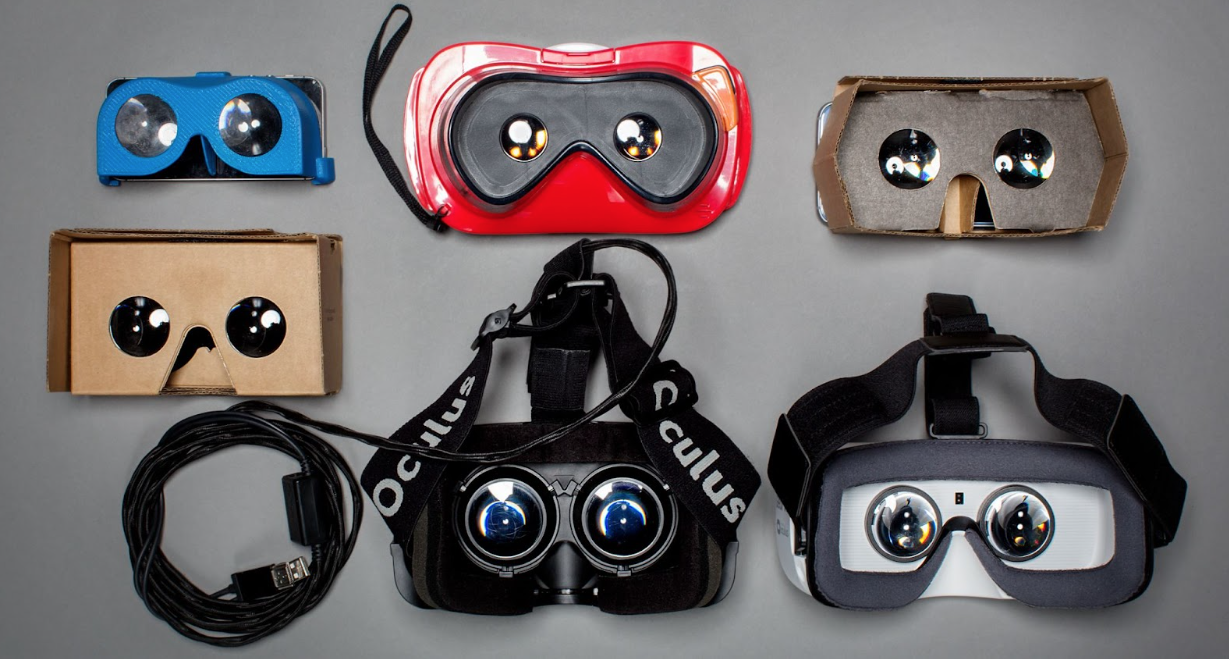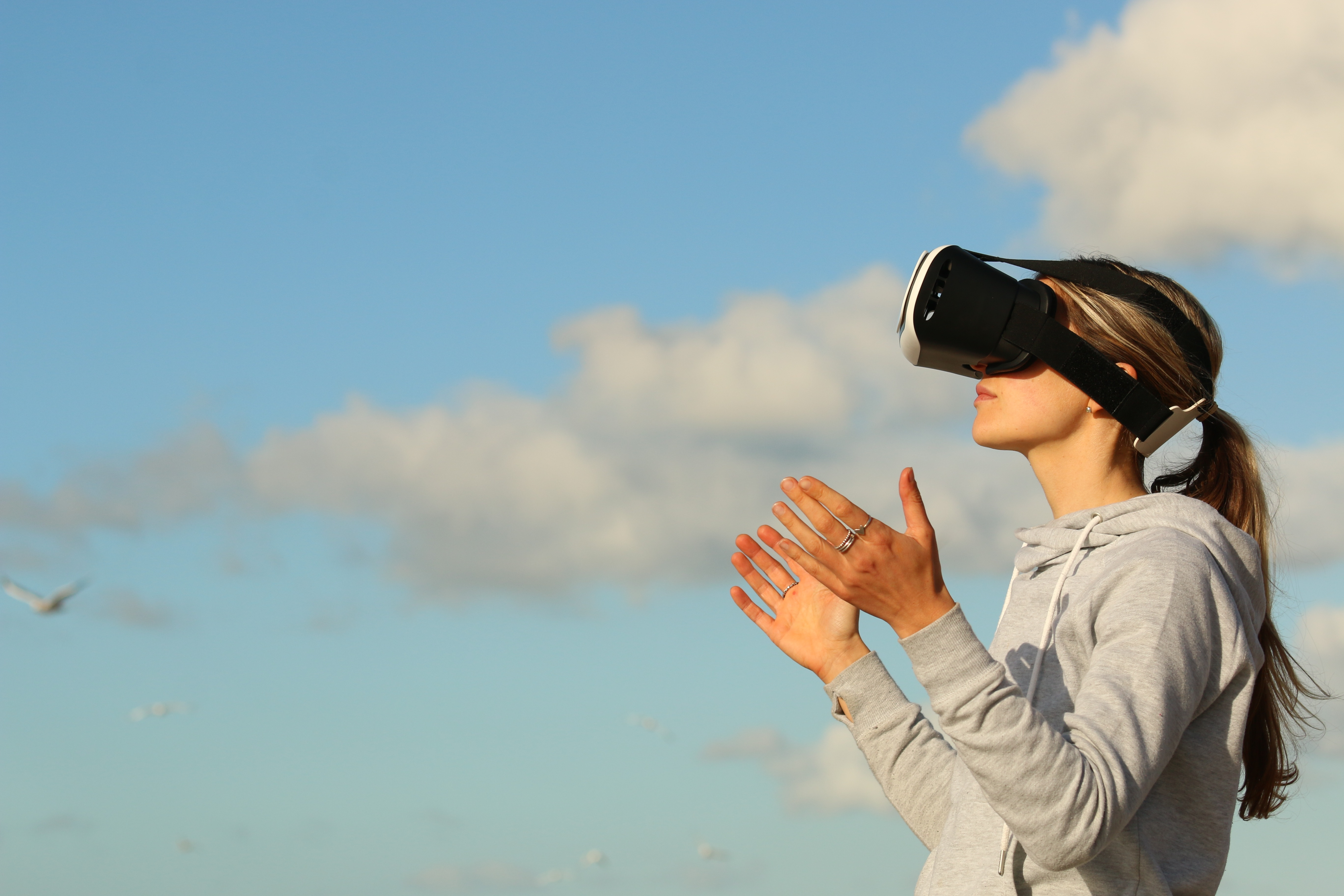Transforming the Oil Industry
The Technology of Oil and Gas
Tonic3 develops and executes strategies that drive profit through Digital Transformation. Practically that means we are built to help clients hone the right strategy, implement the right technology, and build the right long-term capabilities to deliver lasting transformation.
Industries
We believe that effective technology helps people succeed in their daily lives. So we help our clients engineer useful technology for their clients, partners, and employees. That translates to every major industry, but over the years we’ve developed several core areas of expertise.
Augmented Reality is changing the game for marketers, and the industry’s approach to its audience. According to a Statista report, the Augmented Reality market across the globe is predicted to nurture from 5.91 billion to 198 billion U.S. dollars by the year 2025.
According to a latest report, by 2021, there will be an estimated 1.96 billion mobile AR users worldwide. And by 2023, the number is estimated to grow to 2.4 billion mobile AR users worldwide.
Need Virtual Reality in your company? Let us help you and show you how you can implement Virtual Reality in your projects!
AR is a technology that lets people superimpose digital content (images, sounds, text) over a real-world environment through tablet or mobile phones .
The most used AR applications today are on smartphones/tablets to show the digitally augmented world, so basically when users activate the camera of a smartphone and see the real world around them on the screen, they rely on an AR application to enhance that world in any way via digital.
In this case the sky's the limit. There are millions of applications that this technology will allow us to show whatever we want by overlaying images and 3D model animations.
According to recent surveys, 86% of customers are likely to pay more for a product or service when they have a great customer experience.
With AR, companies are able to create and empathize revolutionary customer experiences like never seen before.
As the technology becomes more accessible, businesses are able to use this technology into their environments continuously.
Surveys show that 84% of stakeholders forecast AR to surpass in-store CX initiatives in the next 5 years.
The implementation of augmented reality in hotels is a relatively recent development, which has been increasingly adopted in the industry. It can be seen as a functional application for guests, making their lives much easier from the beginning to the end. For example:
The purpose is to look for the best quality of customer service, and being very empathetic with our guests is the key to achieve it.
For example, making a map of the room and being able to find what you need, such as: plugs, towels, iron, or even scanning the menu and seeing what's for dinner in your own language.
Many of the giants in the hotel industry are relying on apps to meet the needs of their guests. A good example, Accor, has managed to empathize with their guests by using apps to open their room doors or even doing a check-in before arriving at the hotel.
They are currently developing an app that through the use of Augmented Reality will provide a unique experience by allowing the guest to move around the hotel with an interactive map, while allowing him to find his way to the hotel facilities.
In restaurants, this application will display an interactive menu where customers will be able to see what their dish looks like and the ingredients, and they will be able to switch to their own language.
Need Virtual Reality in your company? Let us help you and show you how you can implement Virtual Reality in your projects!
Not going too far, AR is emerging in the field of maintenance repair and operations. American aerospace manufacturer Pratt & Whitney, in collaboration with other parties, invested in a virtual reality engine maintenance training for airline mechanics.
Mechanics and engineers will be able to virtually walk inside an engine to examine various parts and view a running engine in motion.
Without going too far, AR is emerging in the field of repair and maintenance operations. U.S. aerospace manufacturer Pratt & Whitney, in collaboration with other parties, invested in virtual reality engine maintenance training for airline mechanics.
This way, mechanics and engineers will be able to virtually walk inside an engine to examine various parts and see an engine in motion.
As it is well known, airlines have a lot at stake in providing a good experience from the moment passengers arrive at the airport until they pick up their luggage.
Some of the airline providers are implementing AR for passengers with a virtual tour of the available seats on a plane through virtual reality.
Renacen's product - called 3D SeatMapVR- is just that: a tool that gives passengers the option to get a 3D or 360-degree virtual reality view of the aircraft cabin during the booking process and a close-up of details such as seat dimensions, exact location, amount of legroom and even the material covering each seat.
Another good implementation to alleviate passenger discomfort is the app that, with augmented reality, helps passengers check whether their carry-on luggage is suitable as a carry-on bag. This is possible thanks to the fact that the technology can recognize physical objects in real time and once passengers connect to the app, they can point their device's camera at the empty floor.
Outside of hotel facilities, some companies in the travel industry are incorporating reality "AR tours" apps, which will allow tourists to enhance physical locations and tourist attractions.
These augmented tourism apps will allow guests to point their phones' cameras at a building or landmark and learn more about it.
There is a huge range of potential uses for augmented reality in the tourism industry even outside of hotel facilities. Not just when traveling, but to make a good impact on a daily basis, including improving local transit and AR for museums.
There are many applications in the market right now such as CitiAR, a platform that has successfully emerged in this area.
This will enable marketers to transform the way customers look at their environment. AR-based travel apps quickly engage customers through their interactivity and offer an immersive user experience.
From a marketing point of view, the interaction that this technology allows between different social media platforms, allows users to share their experiences. A good example are Instagram filters, and snapchat. Creating a massive opportunity to improve brand awareness on its own, without investing as much as in the traditional social media marketing we all know.
One of the keys to the successful adoption of AR in the travel industry has been the lifestyle of our audience over the last decade.
Modern customers, if not all, are already in the habit of using their smartphones in their day-to-day lives, and rely on apps to go about their normal day, let alone planning a trip. So the step towards using augmented reality apps on those phones is not a big one.
That said, we all know that our travel customers tend to plan their trips in advance and most of them rely on mobile apps.
Why not take advantage of this and make their lives easier by creating a new window with a good marketing strategy involved?
Need Virtual Reality in your company? Let us help you and show you how you can implement Virtual Reality in your projects!

The Technology of Oil and Gas

Virtual reality (VR) and augmented reality (AR) have increased the spotlight and interest in recent times. The technology is advancing and more...

Over the past year, we've seen some significant changes in how we enjoy sports, all thanks to augmented reality (AR), virtual reality (VR) and...